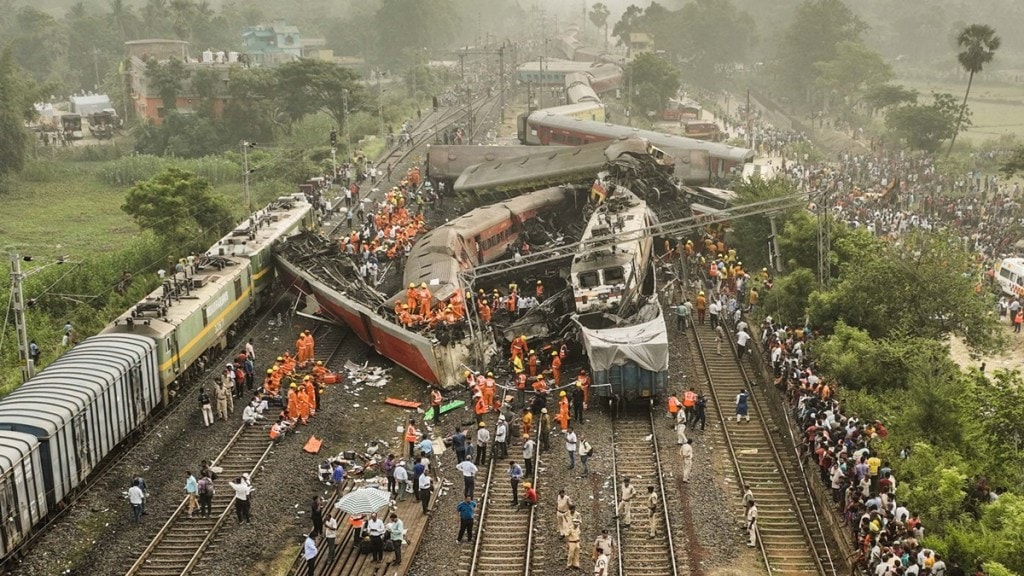The Ministry of Railways has decided to install the anti-collision device on all its trains by next year. The move comes following the deadliest train accident in Odisha’s Balasore. The three-way crash involved Bengaluru-Howrah Superfast Express, the Coromandel Express and a goods train near South Eastern Railway’s (SER) Bahanaga Bazar Station.
The Train Collision Avoidance System (TCAS) or Kavach was rolled out last year on a trial basis. The Kavach is an indigenous Automatic Train Protection System to boost safety in train operation. It is Indian Railways’ own indigenous Automatic Train Protection (ATP) System. This will aid Loco Pilot to avoid Signal Passing At Danger (SPAD), over speeding and train running during inclement weather such as dense fog.
Currently, the anti-collision device, which is being used by the railways, represents an old technology. This works when the locomotives are in proximity. However, if the loco pilot crosses the red signal, then there are no automatic brakes. The TCAS is the enhanced version of this technology.
Current status of Kavach:-
Presently, the Kavach has been deployed on over 1,098 Route Kms and 65 locos in on- going projects of South Central Railway (SCR) zone. It is under implementation on 1200 Route km (RKM) of South Central Railway, on Bidar – Parli Vaijnath – Parbhani and Manmad – Parbhani – Nanded – Secunderabad – Gadwal – Dhone – Guntakal sections.
Implementation of Kavach:-
About 96 per cent of rail traffic is carried on Indian Railway High Density Network and Highly Used Network routes. In a bid to enhance the safe traffic on these routes, the national transporter is implementing the anti-collision device in a phased manner.
The Railway Board (RB) has set the priority to install Kavach in four stages –
- First Priority: High Density Routes such as New Delhi – Mumbai and New Delhi – Howrah Sections for 160 Kmph with Automatic Block Signaling and Centralized Traffic Control. Both these sections have higher chances of human errors on part of drivers resulting in accidents as trains run closer to each other.
- Second Priority: On the Highly Used Networks with Automatic Block Signaling and Centralized Traffic Control.
- Third Priority: On other Passenger High Density Routes with Automatic Block Signaling.
- Fourth Priority: All other routes.
Over 280 people lost their lives while more than 1000 passengers suffered injuries. This is being dubbed as one of the most horrific train accidents in decades.
